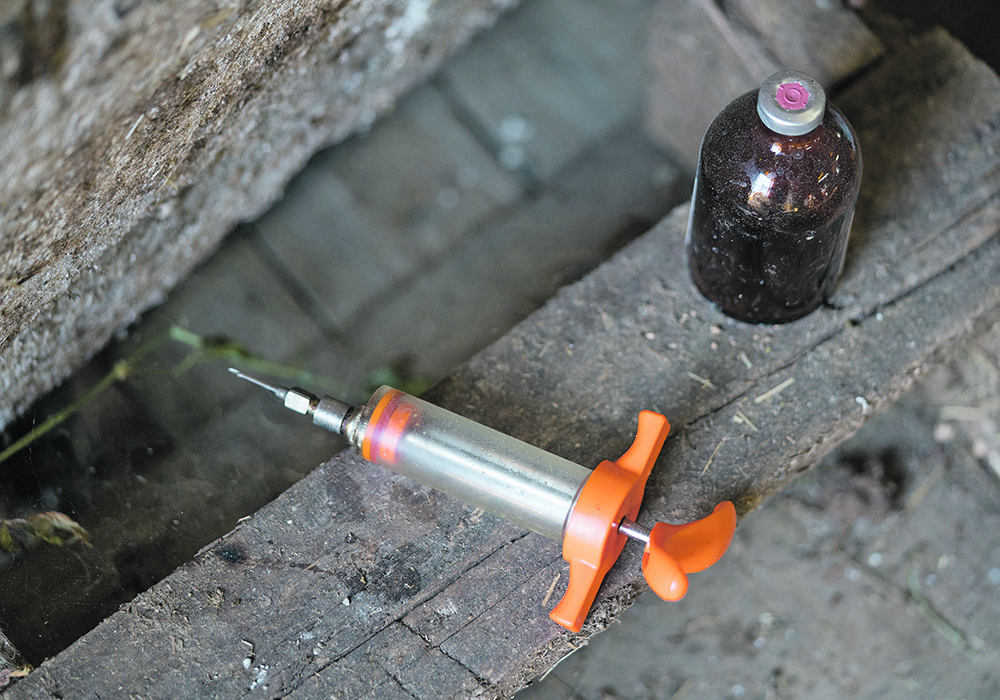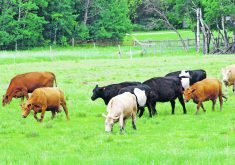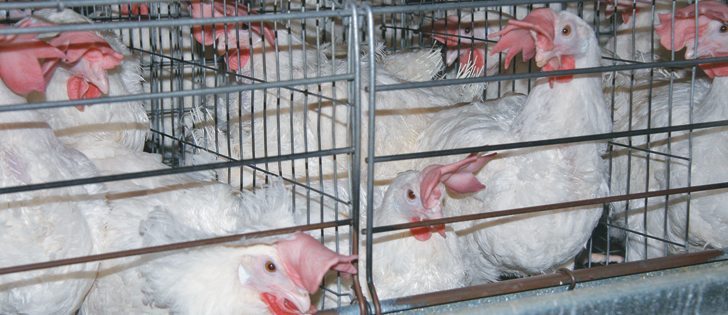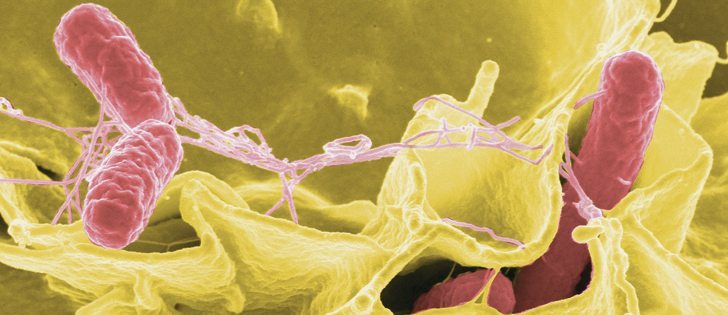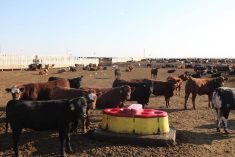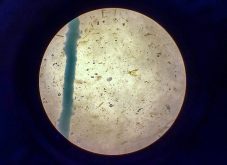University of Calgary researchers are taking a deep dive into the turbulent waters of antimicrobial resistance.
Herman Barkema, infectious disease professor at the University of Calgary, said the school’s One Health consortium, which he is also the director of, is proving to be an effective tool in tackling the issue of antimicrobial resistance.
The need for such research is urgent because the alternative is allowing things to reach a point in which a small wound can lead to infection with no way to fight it with antibiotics, “because the bugs are resistant to it,” said Barkema.
Read Also

Saskatchewan throne speech promises strong economy
Saskatchewan’s legislative agenda for the coming year will focus on meeting the challenges of new world trading relationships, said the speech from the throne.
On the animal side, the result will be much the same if common infections such as bovine respiratory illness or enterotoxigenic E. coli in hogs have no treatment options.
“I swore an oath as a veterinarian that I’m going to take care of animals and animal diseases and it is important that I have the tools to use,” said Barkema. “Also, it’s important that we show to human health that we are doing our thing in animal health so they still let us use antibiotics.”
One Health has 32 projects looking at ways to tackle antimicrobial resistance and “bring all researchers together in Alberta.”
That includes the three other universities in the province, multiple colleges as well as collaborators across Canada and Europe.
Barkema characterized the level of collaboration between the researchers as exemplary.
“(It’s) not having a feeling you are competing in it but you are really working together to bring the knowledge of antimicrobial resistance and how to reduce it.”
The One Health projects range from looking at optimizing pre-conditioning in cattle and reducing risk of bovine respiratory disease in calves to collecting data on how potential future regulations on antimicrobial use will impact ranchers and hog farmers, as well as a whole range of other impacts of antimicrobial resistance.
It’s a big international issue affecting animal and human health and requires a level of entrepreneurship to market the products.
The consortium partners also exchange ideas on how to affect government policies that can help curb the spread of antimicrobial resistance.
Despite the increasing rise in the need to tackle super bugs across the globe, dealing with the worldwide pandemic deflected the health-care spotlight off antimicrobial resistance, said Barkema.
“The focus went on this one infectious disease,” he said of COVID-19, “without thinking too much, at this moment, on the more long-term effects antimicrobial use has on antimicrobial resistance.”
But there is an urgency in dealing with the issue and a need to cut through overlapping government jurisdictions to address the real risks to animal and human health, he said.
“To get everybody on the same page is difficult. Then you have the organizations of dentists, pharmacists, doctors, farmers, veterinarians and everybody in every province making their own antimicrobial stewardship plan.”
That’s not including other countries, which also have their own internal jurisdictional guidelines.
A Canadian solution to the antimicrobial resistance issue can only do so much when animals and humans travel with ease across international boundaries.
“We can do whatever we want in Canada but if people are flying in from countries where there is way higher prevalence of antimicrobial resistance, those resistant bugs will come in. Same with agricultural products. It is, therefore, very important helping those countries to prevent infections and to decrease the use of antibiotics.”
But such research costs money to fund.
In Alberta, there are the funds across the various provincial ministries that have a stake in stemming antimicrobial resistance such as health, agriculture and environment departments, specifically when it comes to stewardship of antibiotics, which Barkema calls positive.


